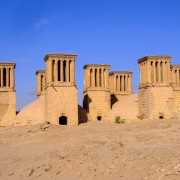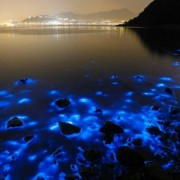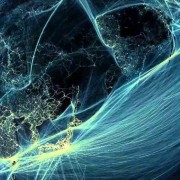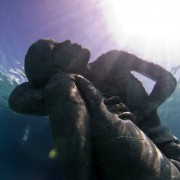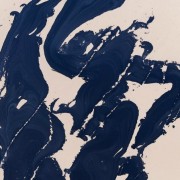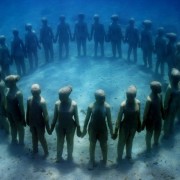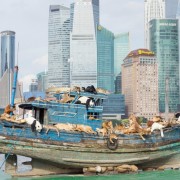
Modern air-conditioning has become an essential commodity in many parts of the world, and guzzles more than its fair share of energy as it shifts heat around buildings. But while scientists sweat to find solar solutions to cool this burning energy issue, over a thousand years ago ancient cultures had discovered sustainable precursors to air-conditioning, albeit by and large just for the privileged few. Ranging from wind-catching towers of Medieval Persia to freshly circulated Roman Aqueduct water, here are some of the coolest indoor-cooling innovations from those environmentally-savvy ancients – and not a chemical in sight. (source).
[easy-share buttons=”facebook,twitter,linkedin,mail” counters=0 native=”no” image=https://live-ehc-english-ucsb-edu-v01.pantheonsite.io/wp-content/uploads/2014/11/yusuke-asai-waf-1.jpg url=https://live-ehc-english-ucsb-edu-v01.pantheonsite.io/?p=7588 facebook_text=Share twitter_text=Tweet linkedin_text=Link text=”Ancient Air Conditioning Devices””]


